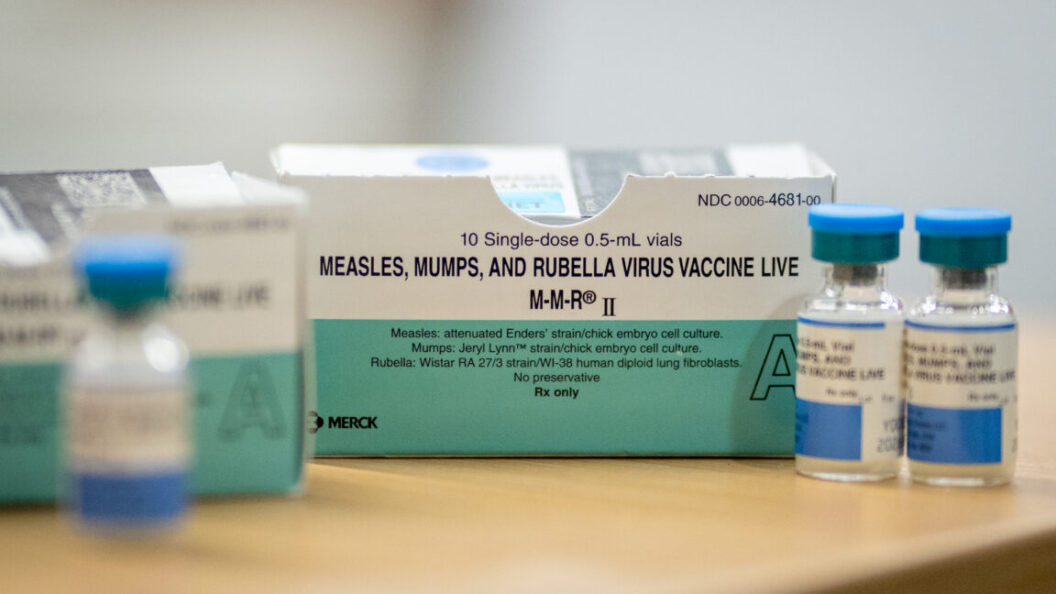Measles Outbreak Sparks Concern in Kansas and Beyond
A troubling outbreak of measles has emerged in Kansas, specifically in Stevens and Grant Counties, raising alarm over the rising case numbers and questions about vaccination coverage in the region. Health officials have confirmed ten cases, all linked to unvaccinated individuals, prompting concerns about the potential for further spread.
Confirmation of Cases
On Thursday, Grant County reported three additional confirmed cases of measles, which were connected to an earlier case identified in neighboring Stevens County. Fortunately for Grant County, one silver lining is the community’s high vaccination rate; the local school district, Ulysses, reported 100% vaccination coverage for kindergartners for the 2023–2024 school year. This information puts the county in a better position to combat the outbreak compared to other areas with lower immunization rates.
Lack of Detailed Information
Despite the growing number of cases, detailed information on the outbreak remains limited. The Kansas Department of Health and Environment (KDHE) has not issued a press release since March 13, leaving some questions unanswered. Informed sources from KWCH 12 News in Wichita noted that, as of Thursday, there were six confirmed cases in the two counties. This number has since risen to ten, with health officials now classifying the situation as an outbreak. Notably, there have been no hospitalizations reported among those infected.
Nature of Measles Virus
Measles is known for its highly infectious nature, capable of lingering in the air and on surfaces for up to two hours after an infected person has left an area. Alarmingly, 90% of unvaccinated individuals exposed to the virus will become infected. These factors place communities with low vaccination rates at a heightened risk of widespread outbreaks. In the past, strong vaccination campaigns had successfully eliminated the virus in the United States as of the year 2000, but experts now fear that this status is under threat.
Declining Vaccination Rates Nationwide
The outbreak in Kansas reflects a broader trend of declining vaccination rates across the country. In recent years, some regions have lost herd immunity—commonly defined as a vaccination coverage rate of 95% or higher—allowing for conditions ripe for outbreaks of diseases once considered under control. As of March 20, 2023, the Centers for Disease Control and Prevention (CDC) confirmed 378 cases of measles across the country in just the first few months of the year, highlighting the growing concern.
Expansion of Outbreaks to Other States
The situation extends beyond Kansas; a major outbreak is currently ongoing in Texas, where health officials reported 309 confirmed cases. The outbreak has led to 40 hospitalizations and even resulted in the death of an unvaccinated child without any underlying health conditions. The impact has spread to nearby states, with New Mexico reporting 42 cases and Oklahoma logging four.
The Implications and Significance
The resurgence of measles in the U.S. serves as a stark reminder of the critical importance of vaccination. As health officials work to contain this outbreak and educate the public about the risks associated with low vaccination rates, the potential implications for public health are significant. If the current trend continues, there is a risk that measles could return to being an endemic virus in the country.
The outbreak underscores ongoing debates surrounding vaccination policies, parental choice, and public health mandates. It highlights the need for communities to remain vigilant in safeguarding their health through vaccinations, particularly for contagious diseases like measles. As this situation evolves, the health responses from local and state authorities will be crucial in preventing further spread and protecting community health.









